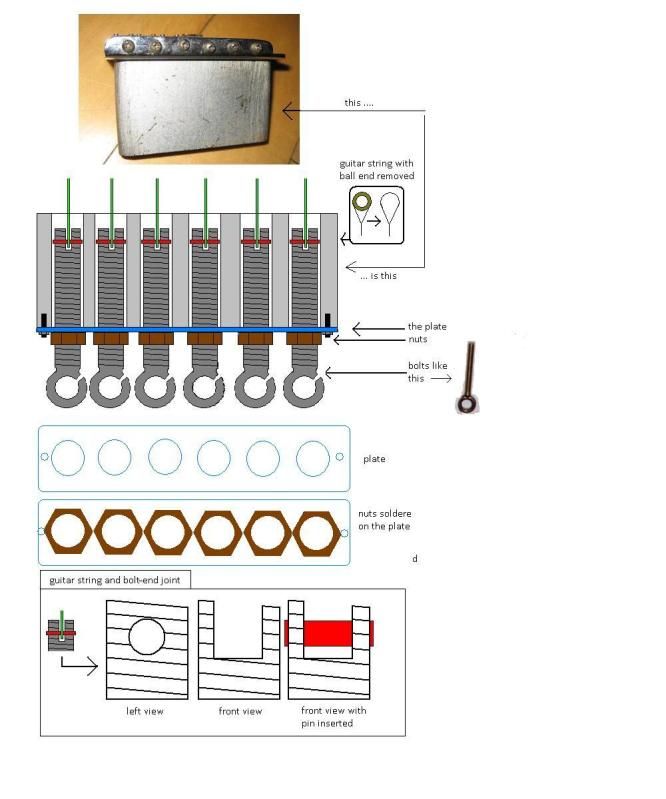In my planning to build a headless travel guitar with a nonconductive tremolo bridge (nonconductive to allow hexaphonic moving-coil pickup system as described by fellow poster "bbsailor"), and now I'm down to a choice between two tuning systems:
The ones here (lever based tensioning)
Eric Olds Klein Guitar Project – Part 2
...or here (linear screw tensioning)
Make Your Own Headless Guitar Tuners!
Either one looks like something I could DIY and be able to modify rather simply so the strings are electrically isolated from each other, so it's down to other criteria to make the decision. Without building prototypes of each, I can't picture which would be easiest to use, or which would hold up to the elements (sweat, grime, dust, etc.) better.
So I ask those of you who have experience with esoteric tuning machines, or just a good mechanical mind, which design would be the better long-term reliability approach?
The ones here (lever based tensioning)
Eric Olds Klein Guitar Project – Part 2
...or here (linear screw tensioning)
Make Your Own Headless Guitar Tuners!
Either one looks like something I could DIY and be able to modify rather simply so the strings are electrically isolated from each other, so it's down to other criteria to make the decision. Without building prototypes of each, I can't picture which would be easiest to use, or which would hold up to the elements (sweat, grime, dust, etc.) better.
So I ask those of you who have experience with esoteric tuning machines, or just a good mechanical mind, which design would be the better long-term reliability approach?

Comment